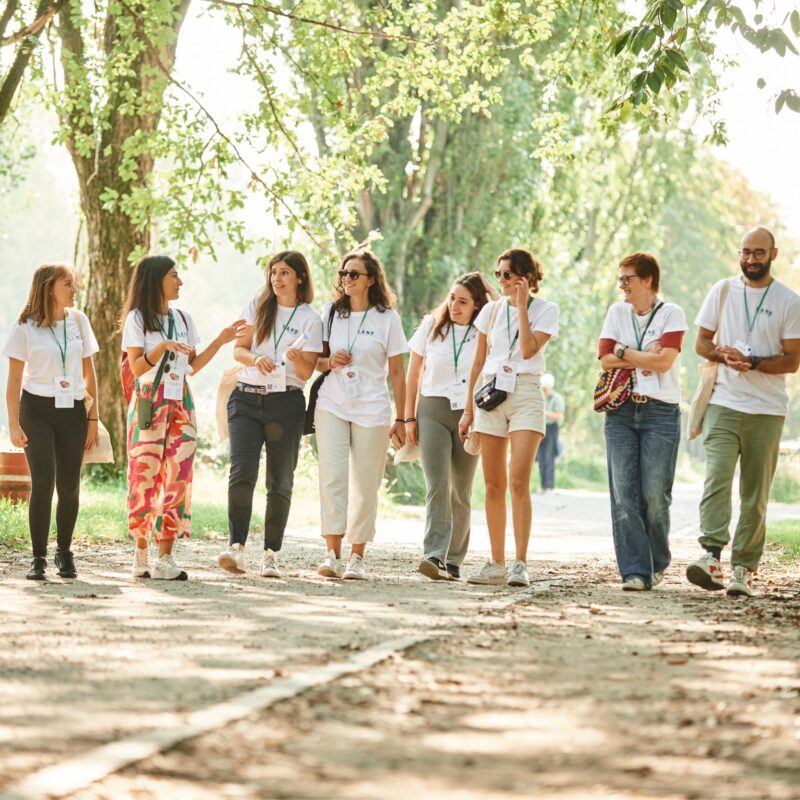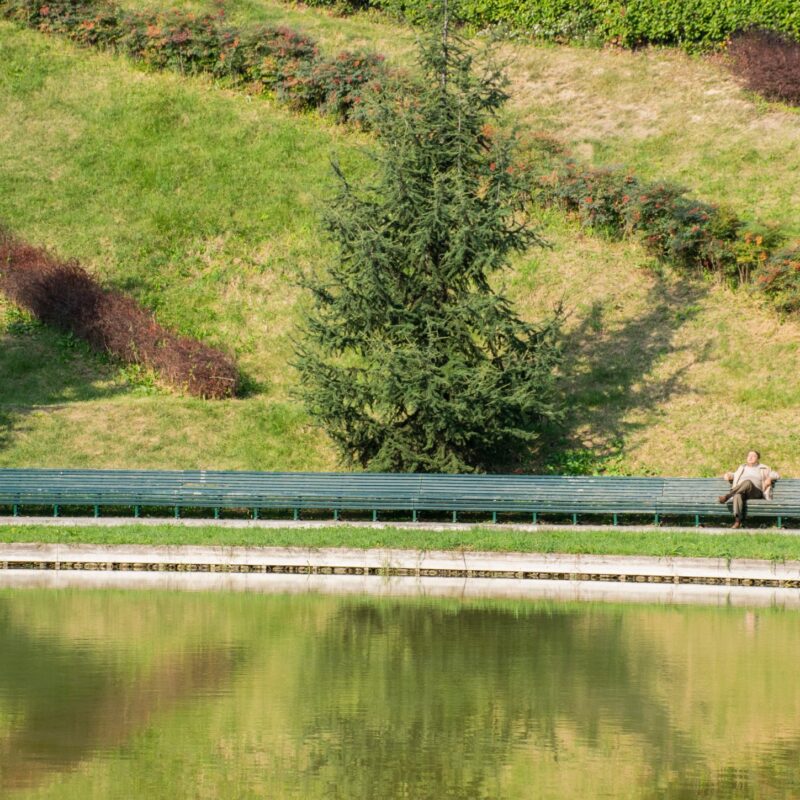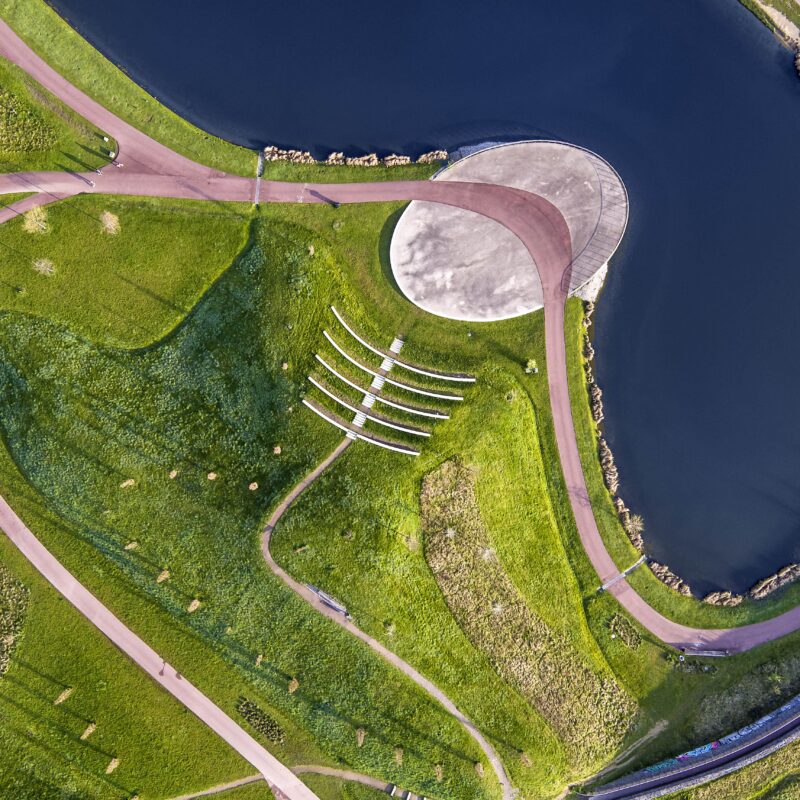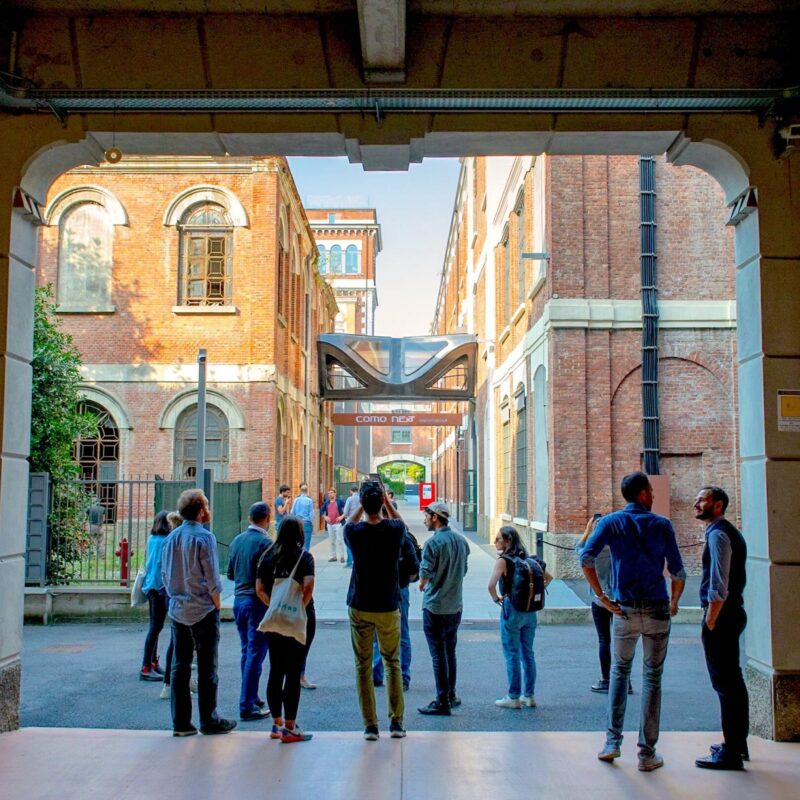
Growing into the Future
From Riyadh to Montreal
How digitalization, resilience, and biodiversity interact with each other.

It looks like a constellation, but it’s a digital representation of a grand vision in the Saudi capital of Riyadh. The Green Riyadh Plan aims to increase the city’s natural areas from the current 1.5 percent to 9.1 percent within a decade. The plan, now the largest greening concept in the world, incorporates elements from the visionary landscape architect Richard Bödeker (1934-2019) of Mettmann, Germany (near Düsseldorf), who was the first purposefully to bring Eastern and Western thinking together. The core element is the new Al Urubah Park, being designed by a multidisciplinary project team led by LAND, which was awarded the international tender. Thanks to its system for storing water during heavy rains – which Riyadh gets at irregular intervals – Al Urubah Park can be considered a model of resilience for innovative landscaping in urban spaces.
In this singular setting, the real landscape becomes an integral part of the visitor’s experience, through a digital system of devices based on the concept of augmented reality: panoramic telescopes, 3D viewers, headphones and mobile apps provide additional information about the surrounding metropolis, local traditions, and above all the park with its flora, fauna, and biodiversity. Strengthening biodiversity has become a global challenge. It’s become part of our daily activities in various ways, and it’s also a core element of many of LAND’s international projects, including Dubai (designing the public areas of EXPO 2020’s exhibition districts), Moscow (green preliminary planning for the new Rublyovo-Arkhangelskoye district) and Montreal (creation of a biodiversity corridor). Places that offer guidance on the path to sustainable growth.
Read other Articles from this Edition






